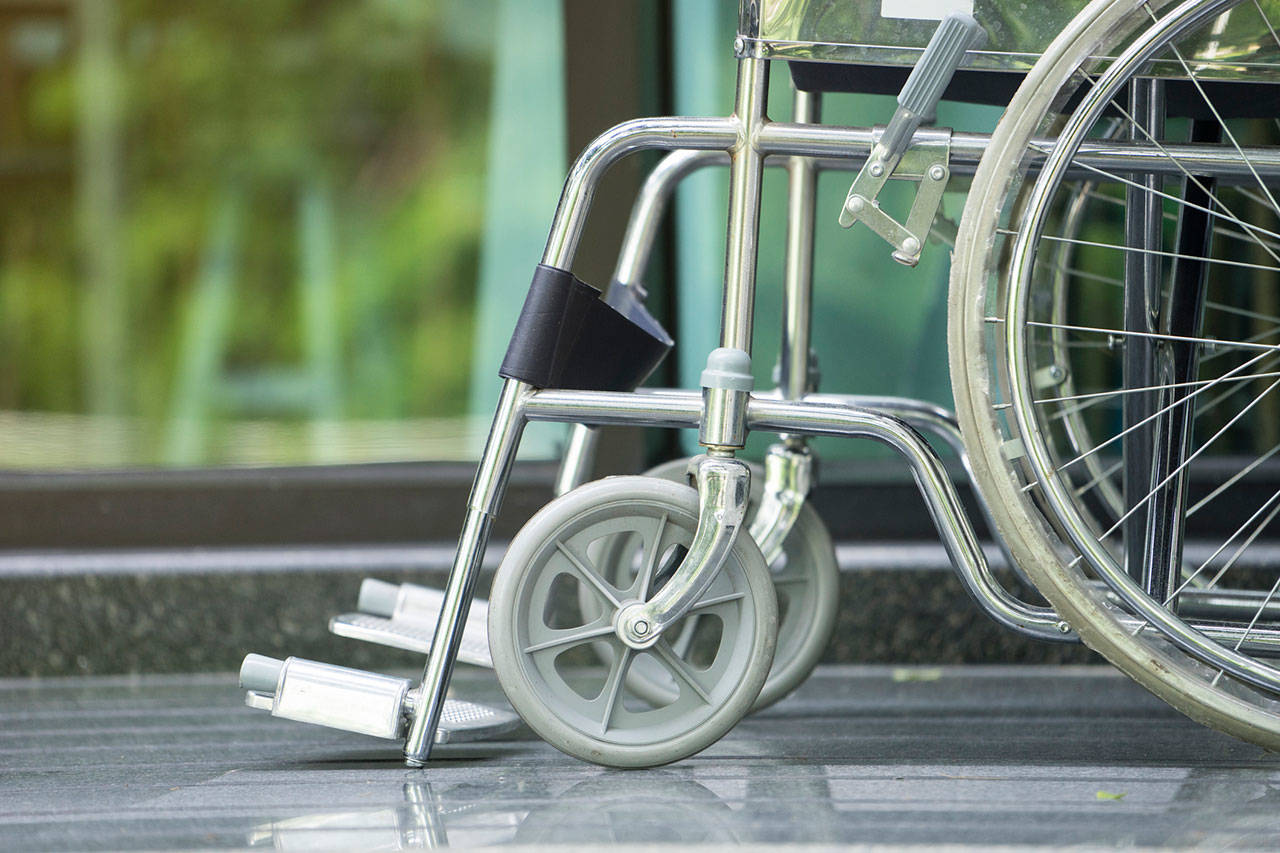By The Herald Editorial Board
The closure of a nursing home can mean more than an inconvenience for the residents and their families.
Finding a nursing home with a vacancy — and one that will accept a patient that can only offer Medicaid reimbursement — is a significant challenge in itself, but it also can mean moving a resident in frail condition away from friends and trusted caregivers to a different community that can be miles farther from family. Sometimes, the transition to a new home can bring a decline in mental and physical health and hasten death.
So the recent closures of skilled nursing facilities in the state — or their conversion into private-pay assisted living centers — has become a concern as the number of care centers and their Medicaid-eligible beds have decreased.
Currently, about 215 skilled nursing homes care for about 9,700 Medicaid clients in Washington state. But at least 19 homes have closed since early 2017, according to the Washington Health Care Association, affecting more than 1,000 residents; more than 30 homes have closed in the past nine years.
The reasons for closures can vary, and there has been a move away from the traditional nursing home to other options including assisted living, group homes and in-home care. But the industry is pointing to a structural problem: The revenue that the facilities receive in Medicaid reimbursements for clients is falling short of the costs of care.
On the other side of the equation, nursing homes are facing increased costs in hiring nursing staff. A shortage of nurses has forced some facilities to hire contract workers to temporarily fill vacancies, but those hires are made at an increased cost.
The Medicaid reimbursements — half funded by each state and half by the federal government — are set by individual states. The current reimbursement rate in Washington state is $216 a day for each resident, but industry analysis reports that per diem falls about $43 to $48 short of meeting a resident’s daily needs for housing, food and nursing care, according to recent reporting by public radio’s Northwest News Network. By comparison, Oregon pays $326 a day, and Idaho’s daily rate is more than $50 higher than Washington’s.
Earlier this year, the budget approved by the Legislature included an increase that next year boosts the rate to about $251 a day, but the concerns over nursing home closures have prompted at least two pieces of proposed legislation for the legislative session that begins in January.
State Sen. Steve O’Ban, R-Tacoma, ranking member on the Senate Health and Long-Term Care committee, has proposed legislation that would increase the Medicaid reimbursement rate for nursing homes and would require an annual adjustment of rates based on the most recent calendar year. Currently, rates are adjusted every other year, and are based on data from four years previous.
“Our elderly population served society, paid their taxes and built our country; they raised us. And it’s shocking that their lives are turned upside down and their health jeopardized because the state is basing its Medicaid reimbursements on old information,” O’Ban said in a news release.
At the request of the state Department of Social and Health Services, a second bill is proposed by state Rep. Eileen Cody, D-West Seattle, chairwoman of the House’s Health and Wellness committee. It differs from O’Ban’s bill by seeking only a one-time increase, but setting an annual review of nursing home rates.
Cody’s bill is estimated to require about $29 million in funding from state and federal sources. O’Ban provided no firm cost estimate for his legislation, but said it would be in the tens-of-millions of dollars.
The number of nursing home beds in the state declined significantly between 1998 and 2003 — a loss of about 8,000 beds during that period; over a longer period the growth of beds in other settings steadily increased, according to a 2014 DSHS fact sheet.
Even with that transition, the need for the state’s attention toward the viability of nursing homes will remain. By 2030 — when all baby boomers will be 65 or older — those older Americans will make up 21 percent of the U.S. population, up from the current 15 percent, according to U.S. Census data. For many older Americans, particularly those who have only federal retirement benefits on which to rely, nursing homes that accept Medicaid often are their only option for reliable care.
State lawmakers, of course, must carefully consider proposals that involve taxpayer funds, whether the source is state or federal. But a more reliable reimbursement rate for skilled nursing facilities is needed to ensure better care for vulnerable elders and stop the forced relocations that endanger their health.
Talk to us
> Give us your news tips.
> Send us a letter to the editor.
> More Herald contact information.

























